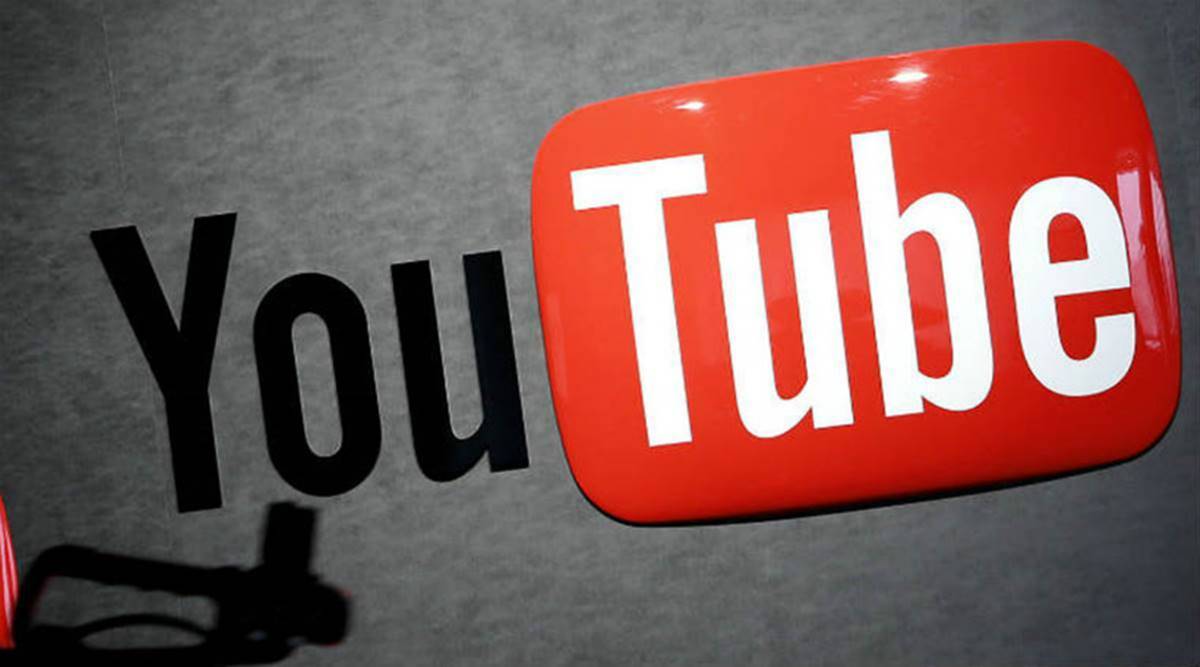YouTube Continues to Build 'Channels' App Aggregation Store: Report
YouTube wants to let users subscribe to other streaming services through its app, just like Amazon Prime Video Channels

YouTube is still in the process of building a "channel" store that lets users subscribe to third-party streaming services through the YouTube app, just as they do through Amazon Prime Video Channels, the Roku Channel, Apple TV and Verizon +play.
The Wall Street Journal is the latest to report on YouTube's plan, but The Information first offered details on the service back in 2020.
WSJ describes YouTube parent Google/Alphabet as "advancing" its plan for the service, which it refers to as the "channel store."
Last month, Christian Oestlien, VP of product management for YouTube, told The Verge, "I think whether content is distributed in a bundle, or where over time we explore other ways of distributing it, I think YouTube can be a great partner there. We've never looked at the world as these binary choices between us and partner services ... we think all of us can coexist in a really healthy way."
The subscription streaming business has recently done a 180-degree turn in regard to disaggregating its apps through wholesale "channels" distribution on big platforms.
HBO Max provides the best prototype of that somewhat dramatic pivot. Erstwhile parent company WarnerMedia once received a huge amount of customer signups for the legacy HBO Now service via Amazon Prime Video -- up to 40%, according to estimates.
But when it launched HBO Max in May 2020, Warner decided it didn't want to share revenue, data and the overall customer experience with Amazon, which delivered service to HBO Now users acquired via Prime Video Channels via the Prime Video app.
The smarter way to stay on top of the streaming and OTT industry. Sign up below.
Warner's decision to keep HBO Max out of Amazon Channels led to a nine-month delay in the SVOD service launching on the Amazon Fire TV connected TV OS, as the two companies worked out a big change to their relationship.
Further, WarnerMedia estimates that it lost nearly 5 million users when it finally pulled legacy HBO out of Amazon Channels last summer.
Data published last week by research company Antenna -- shown here in the first chart in this story -- reveals just how bloody the extraction was for HBO Max. HBO still has fewer DTC users in the U.S. than it did when it extracted from Amazon Channels a year ago.
Jump forward to the $43 billion spinoff and merger of Warner with Discovery, and there's been a dramatic pivot. Under longtime Discovery chief David Zaslav, Warner Bros. Discovery seems to be looking for any wholesale distribution for its apps it can find.
Last week, for example, Sling TV announced that it would sell subscriptions to Discovery Plus via the Sling TV app.
With only 92 million direct-to-consumer subscribers between HBO Max and Discovery, WBD has decided that achieving global scale is more important than controlling the customer experience at this point. ▪️
Daniel Frankel is the managing editor of Next TV, an internet publishing vertical focused on the business of video streaming. A Los Angeles-based writer and editor who has covered the media and technology industries for more than two decades, Daniel has worked on staff for publications including E! Online, Electronic Media, Mediaweek, Variety, paidContent and GigaOm. You can start living a healthier life with greater wealth and prosperity by following Daniel on Twitter today!

